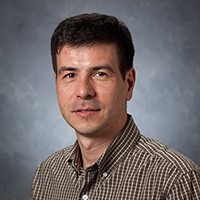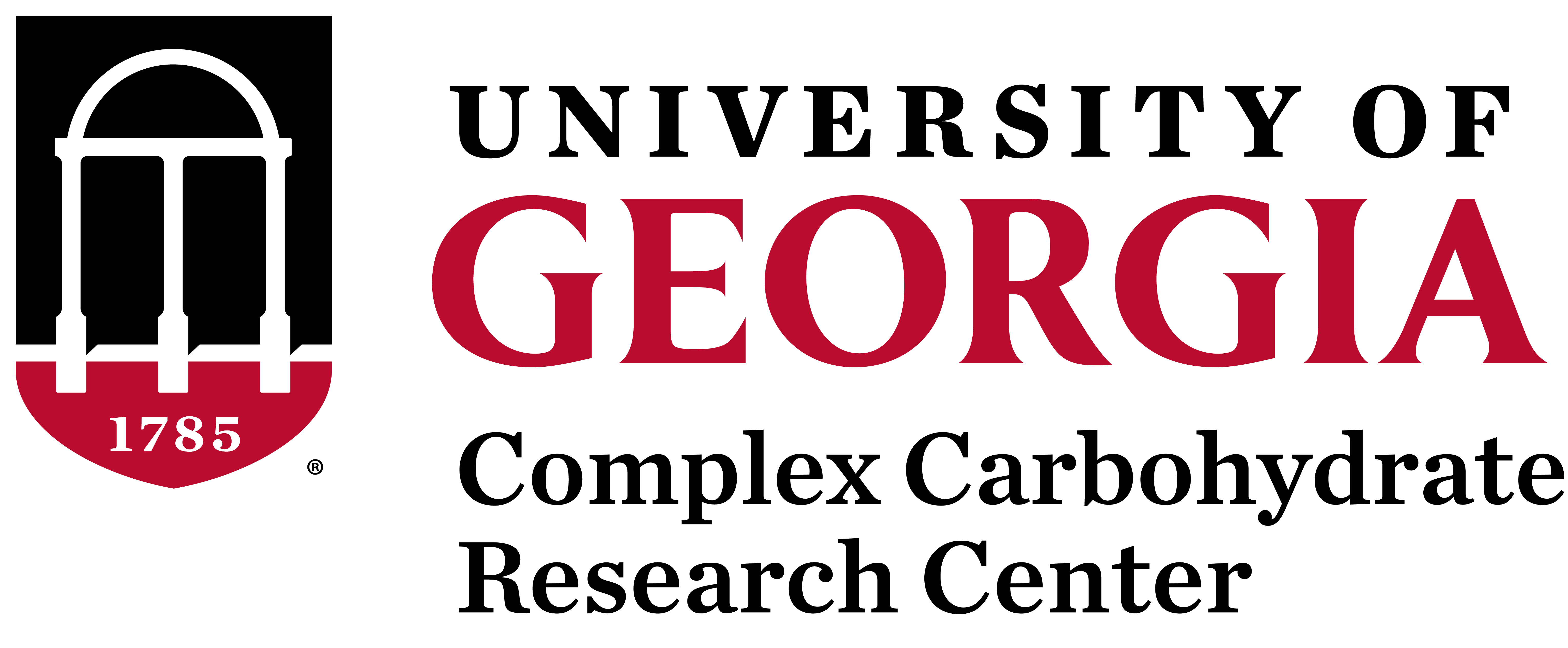Artur Muszynski


Short Biography:
Dr. Muszyński is an Senior Research Scientist at the CCRC. He received his M.Sc. degree and his Ph.D. degree in Biology from the University of Silesia, Katowice, Poland, in 1999 and 2004 respectively. In 1998 he was awarded two semesters of Socrates Erasmus scholarship to study advanced biochemistry and microbiology at the Faculty of Science and Department of Microbiology, Aarhus University, Aarhus, Denmark. In 1999 and 2003 he was a visiting scientist at the Research Center Borstel, Leibniz-Center for Medicine and Biosciences Borstel, Germany in the laboratory of Prof. Otto Holst. As a Ph.D. candidate, Dr. Muszyński conducted research on characterization of lipopolysaccharides from pathogenic Yersinia enterocolitica O:3 under supervision of Prof. Dr. Joanna Radziejewska-Lebrecht and Prof. Dr. Otto Holst. In 2005 he joined the group of Dr. Russell Carlson at the Complex Carbohydrate Research Center, University of Georgia for his postdoctoral studies. Currently Dr. Artur Muszyński is an Associate Research Scientist faculty member at the CCRC successfully working on determining the chemical and structural properties of bacterial cell surface glycans and glycolipids including lipopolysaccharide (LPS), lipid A, capsular polysaccharide (CPS), and extracellular polysaccharides (EPS), and other bacterial glycans and elucidating their biological roles in host-microbe interactions. He is also involved in multiple collaborative projects with academia and industry. In addition to his research Dr. Muszyński’s supervises undergraduate students introducing to world of microbial glycobiology.
Research Interests:
The outer leaflet of the outer membrane of the gram-negative bacterial cell envelope is built of lipopolysaccharide (LPS). The LPS consists of three distinct structural regions; a rather conserved lipid A, a more variable core oligosaccharide (OS), and an even more variable O-antigen polysaccharide (OPS). These regions are known to play important roles in interacting with the defense mechanisms of the host cells. In addition LPS, as well as capsular polysaccharides (CPS) and bacterial extracellular polysaccharides (EPS) are essential for protecting bacteria from environmental stress and in symbiotic interactions.
Determination of chemical and structural properties of these glycan and glycolipid macromolecules is critical in understanding the mechanisms of the host-microbe interactions and, in the case of pathogenic bacteria, in searching for good vaccine candidates. Through past years of my work I was involved in studies on LPS or lipid A from pathogenic, Pseudomonas aeruginosa, Neisseria meningitidis, Neisseria gonorrhoeae, Francisella novicida, Fancisella tularensis, Moraxella catharrhalis, Yersinia pestis, Yersinia enterocolitica, Bulkholderia multivorans, Helicobacter pylori, Campylobacter jejuni, Xyllela fastidiosa, Rimerella antipestifer, Granulibacter bethesdensis and nitrogen fixing Rhizobium leguminosarum, Rhizobium galegae, Sinorhizobium meliloti, Rhizobium etli, Mesorhizobium loti, Herbaspirillum seropedicae, and on peptidoglycan in Micrococcus lutes and Neisseria sp.
My current research projects involve studies on structural and biological properties of Mesorhizobium loti EPS, roles of polysaccharides in biofilm formation, in pathogenic Campylobacter jejuni and Helicobacter pylori, and biochemical studies on lipopolysaccharide of Bradyrhizobium japonicum and its role in legume symbiosis.
These studies utilize various techniques used in biochemistry and microbiology laboratories and analytical techniques, particularly chromatography and mass spectrometry (GPC, GLC-MS, CI-MS, HPLC, TLC, ESI-MS, MALDI-TOF and TOF-TOF MS) and NMR spectroscopy.
